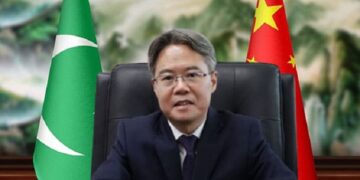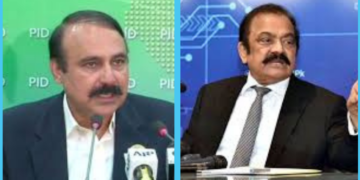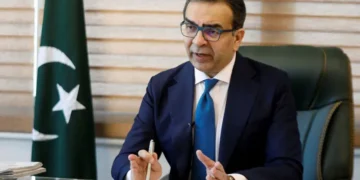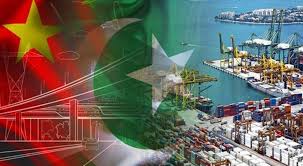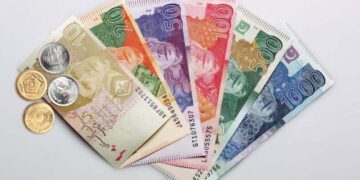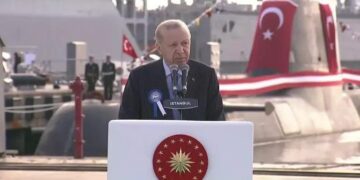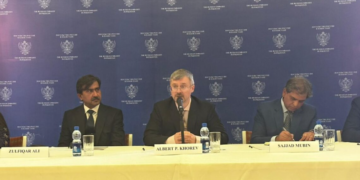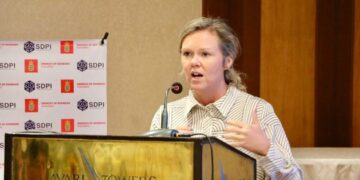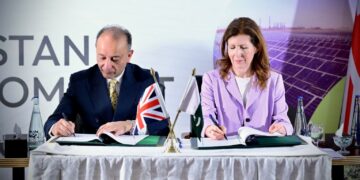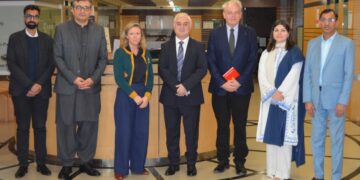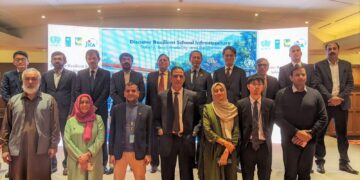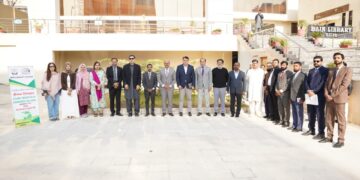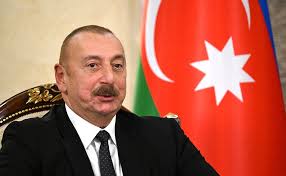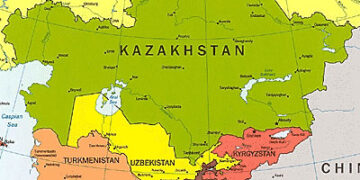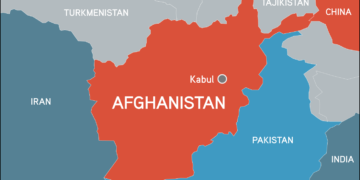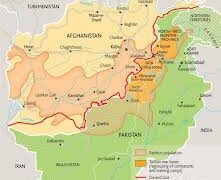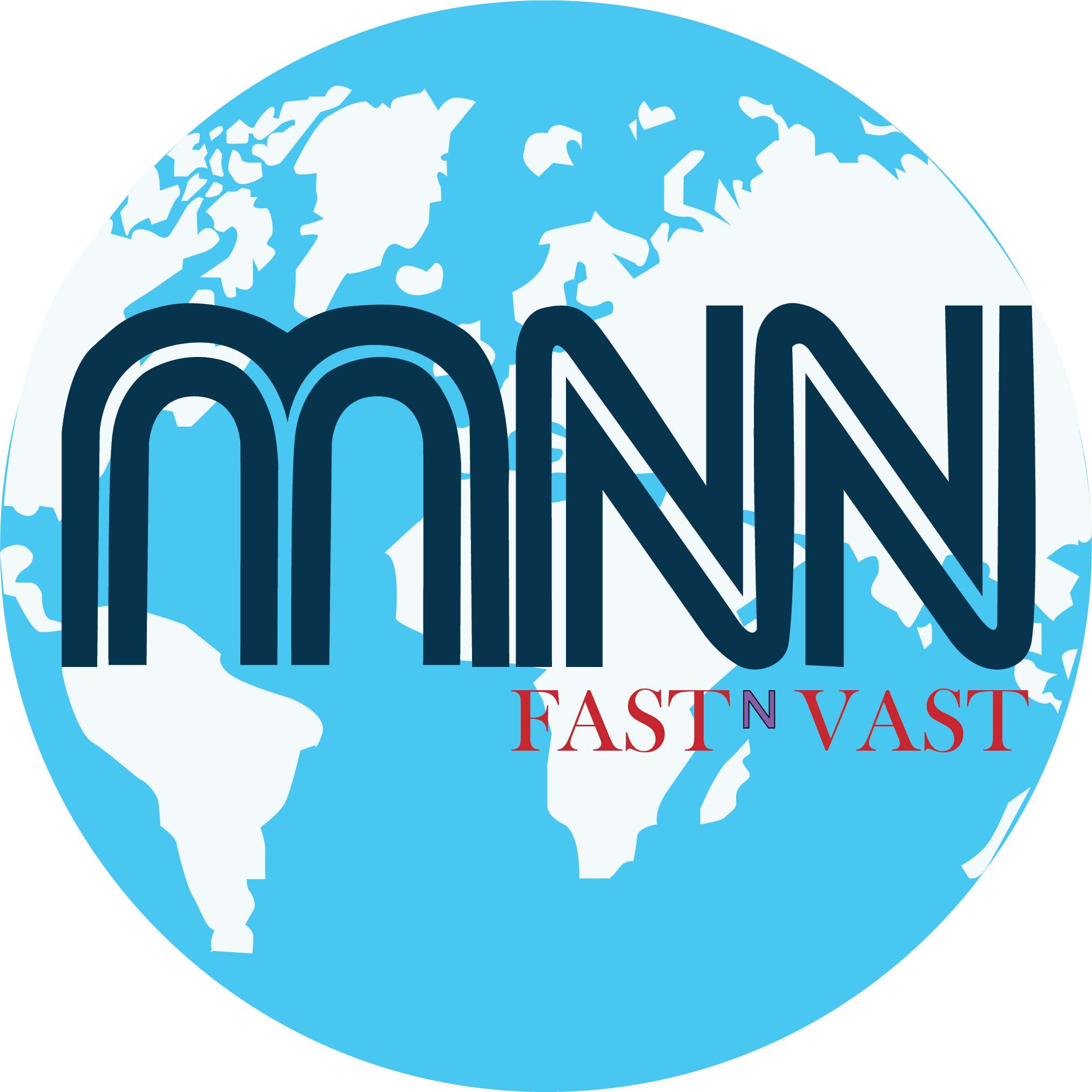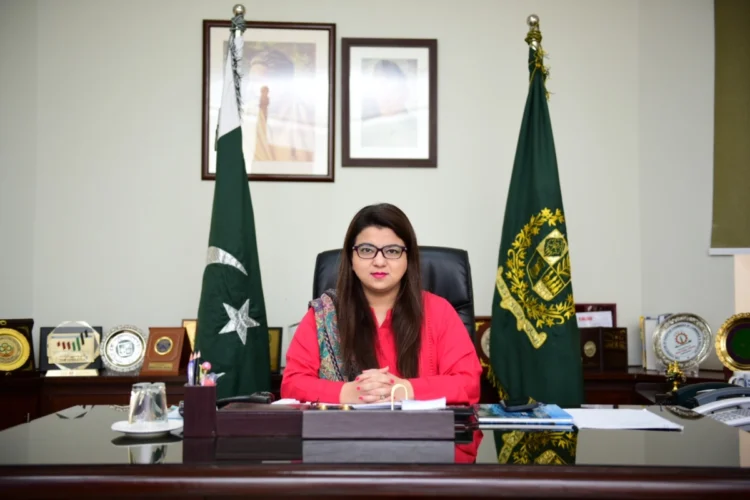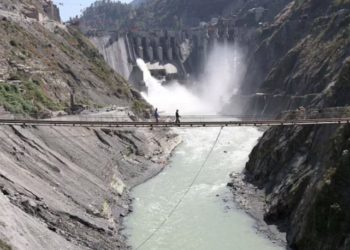Islamabad: Pakistan’s IT exports have surged to an unprecedented $4.6 billion, a milestone that Federal Minister for Information Technology and Telecommunication, Shaza Fatima Khawaja, attributes to a coordinated national digital strategy led by the government, in collaboration with the Special Investment Facilitation Council (SIFC) and allied institutions.
The achievement reflects Pakistan’s broader economic turnaround and growing emergence as a regional digital hub, with progress across human capital development, infrastructure, global outreach, and regulatory reforms.
Addressing the media on Friday, the minister credited the close coordination between civilian and military leadership, along with the contributions of institutions such as the PTA, Ministry of Finance, Planning Commission, Universal Service Fund (USF), Ignite, and Pakistan Software Export Board (PSEB), in driving IT sector growth.
Highlighting economic progress since the turbulence of 2022, she noted, “Under Prime Minister Shehbaz Sharif’s leadership, we stabilised the economy and put it on a sustainable growth path,” pointing to reduced inflation, a significant drop in the policy rate from 23% to 11%, and improved business sentiment.
Shaza Fatima emphasized the government’s commitment to developing skilled manpower, stating that over 350,000 youth have been trained in collaboration with PSEB, Ignite, NAVTTC, HEC, and global tech giants including Google, Huawei, and Microsoft.
She announced the relaunch of the DigiSkills program to expand digital training, with the goal of ensuring employment or entrepreneurship for every IT graduate.
Infrastructure development has been another key pillar, with the IT Ministry launching 43 new co-working spaces and 23 Special Technology Zones in the past year, bringing the total to 44 tech parks.
These now accommodate over 18,000 professionals in freelancing, remote work, and startup environments. She further revealed government-backed plans to expand these facilities into Tier 2 and Tier 3 cities via interest-free loans.
On the international front, PSEB, in partnership with the Trade Development Authority of Pakistan (TDAP), participated in more than 20 global tech expos. Shaza Fatima reported a 50-fold return on investment from these branding efforts in cities such as Toronto, Dublin, London, Riyadh, and Dubai, under campaigns like Think Tech and Think Pakistan.
Efforts to ease international operations included active diplomacy for streamlining IT business visas and facilitating overseas company registrations. Companies like Menzies Aviation and Etihad Airways have relocated backend operations to Pakistan in recent months.
A landmark success, the minister said, was the hosting of Pakistan’s first-ever Digital Foreign Direct Investment Forum, which drew delegates from over 40 countries and secured \$700 million in investment commitments.
Citing an AT Kearney report, she said Pakistan ranks among the top global offshoring destinations due to its cost advantages and skilled workforce, and is swiftly positioning itself as a regional digital and data hub.
Connectivity continues to improve, with over 200 million mobile subscribers and 150 million mobile broadband users. Internet data usage has risen by 24% in the last year. The USF connected over 550 villages to the internet in the past year and plans to double that in the coming fiscal.
The minister also announced that Pakistan is finalizing regulatory groundwork to license Low Earth Orbit (LEO) satellite internet providers, with licenses to be issued within the year. In a boost to global bandwidth, two of the world’s largest submarine cables — 2Africa and Africa-1 — have landed in Pakistan, with a third on the way. Data routing from China through Karachi under the new “CPEC 2.0” initiative is expected to strengthen Pakistan’s role as a key data corridor to Central Asia.
Shaza Fatima outlined the government’s \$25 billion digital vision, with \$15 billion expected from IT exports and \$10 billion from national digitisation. Central to this vision is the upcoming Digital Pakistan Act, which will enable the formation of the Pakistan Digital Authority.
A national master plan for data interoperability and the Pakistan Stack is also in development to modernize services across education, health, finance, and agriculture.
The minister highlighted the successful rollout of the Raast digital payment platform, developed by the State Bank of Pakistan, now integrated with multiple government systems to digitize public payments and financial transactions. Agencies like FBR, AGPR, and CGA are also moving toward full digitisation.
She noted a significant reduction in the gender gap in mobile internet use — from 38% to 25%, as reported by GSMA — and reaffirmed the government’s commitment to digital inclusion and equal access. “National development is not possible without empowering women equally,” she stressed.
Pakistan has also improved its standing in the UN’s E-Government Development Index, moving up 14 positions. All 40 federal ministries now operate using e-office systems, with paper use nearly eliminated.
“We’re not just talking about digital transformation — we’re delivering it across every front,” Shaza Fatima concluded.


